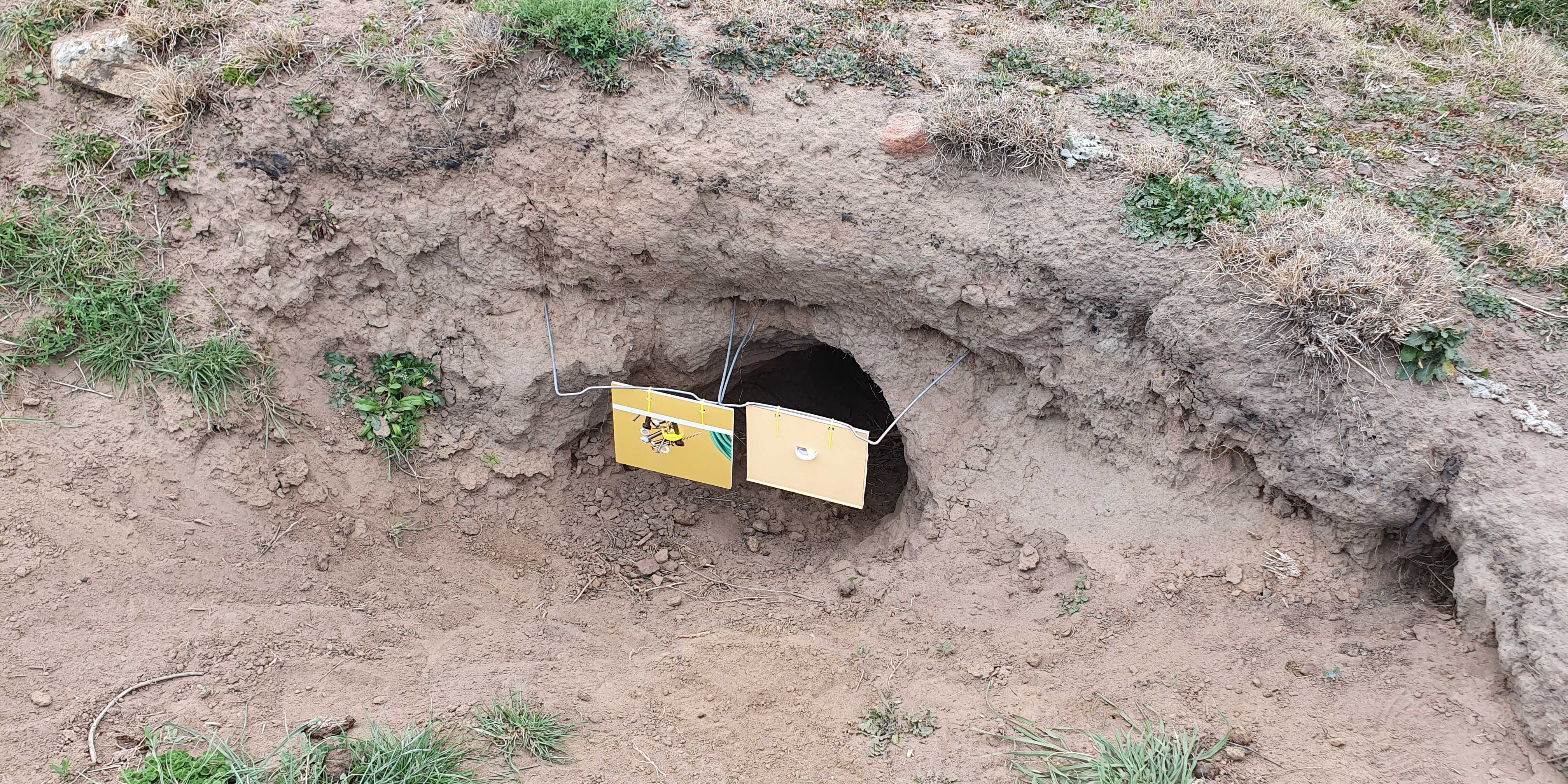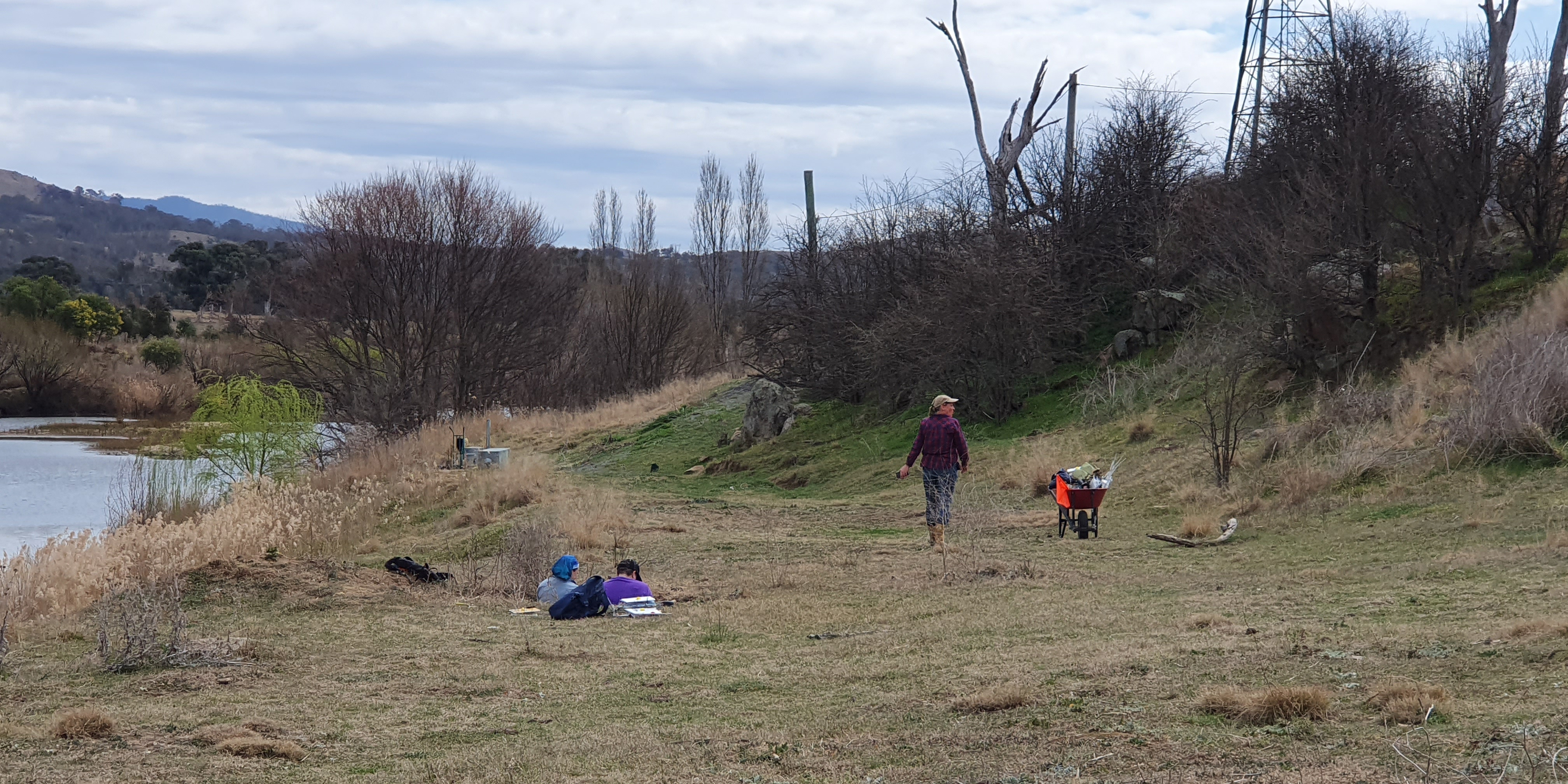
While it might be exciting to see a wombat out and about at Lanyon Homestead during the day, this might actually be sign that it is unwell. A reason for this is Sarcoptic Mange, a parasitic infestation that affects many animals and causes huge suffering and lingering deaths in our wombat population across the region. Affected wombats lose their fur, develop weeping crusty skin, lose their vision and hearing, and eventually die after suffering for many months. The parasite is spread through wombats and other affected animals sharing burrows and from mother to pouch young.

ACT Wildlife has been working to improve the health of wombats across the region. From 2017-2018, ACT Wildlife Mange Treatment Volunteers carried out an ACT Government funded trial program, using the stock parasite treatment Cydectin to treat approximately 150 mange affected wombats around Lanyon Homestead, Tharwa and the Gudgenby River.

Many Canberrans love our wombats as much as we do, so you can get involved in a number of ways:
- If you see a wombat suffering from mange – the most vital piece of information to treating it is knowing where its burrow is. Notify the Mange Treatment Program through the form on the home page of www.actwildlife.net and include the location, a picture of the wombat and its burrow. This will enable ACT Wildlife to deliver the chemical to the infected wombat over a series of weeks to improve its health.
- It can be difficult to identify a wombat’s burrow as they can be long distances from home when they are seen. To overcome this problem, ACT Wildlife is now planning two population treatments – a more extensive treatment at Lanyon Homestead, and a treatment at Cooleman Ridge. Trained volunteers will undertake a burrow audit of the areas, identifying and marking burrows, constructing and installing hundreds of treatment frames and spending 4 months carrying out weekly then fortnightly treatments.
- At a cost of $15 – $20 per burrow, this treatment program will cost ACT Wildlife about $4000. Donations towards this program, as well as the continued costs of caring for thousands of other wildlife each year will support the work of this not-for-profit organsation. If you’d be interested in contributing to this population treatment by giving your time or making a donation, please visit the ACT Wildlife website - www.actwildlife.net.
